Discovering the Colorful and Expressive World of Sepedi Fashion
Discovering the Colorful and Expressive World of Sepedi Fashion
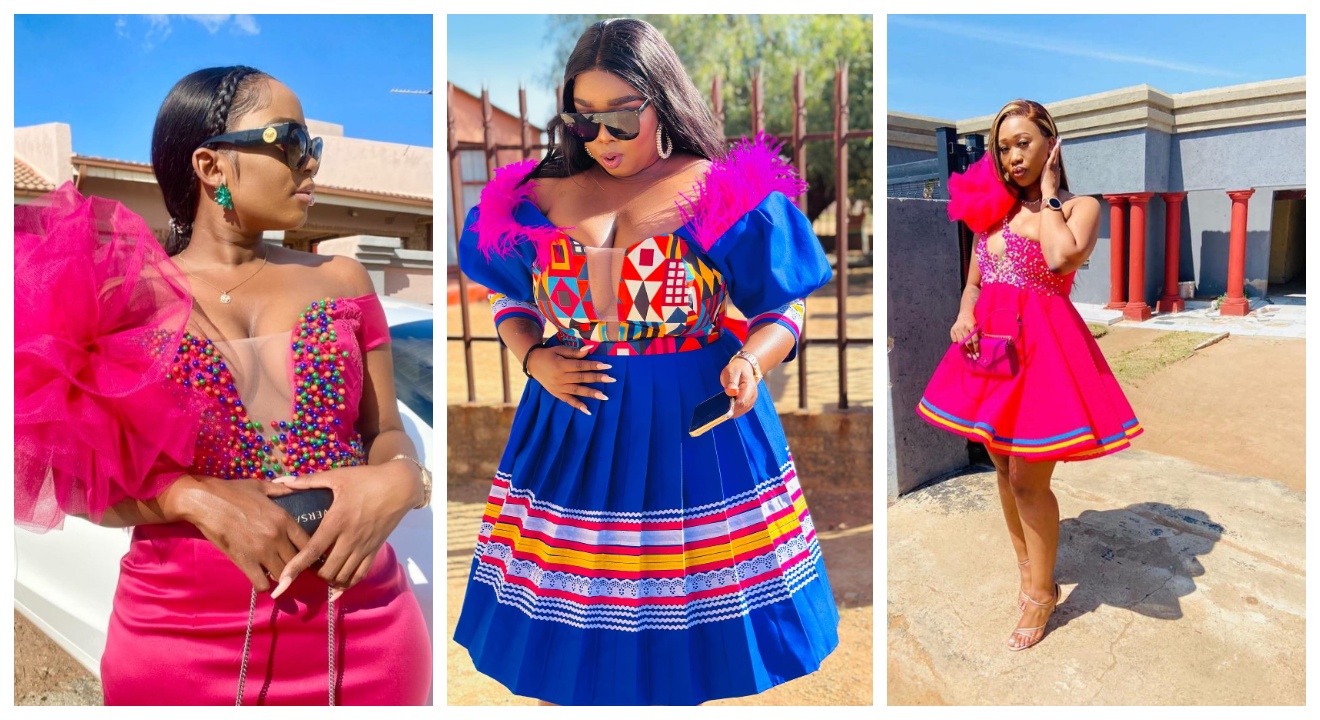
Introduction
Step into the vibrant and culturally rich world of Sepedi fashion. With its colorful patterns, intricate beadwork, and expressive designs, Sepedi attire is a celebration of tradition and style.
Exploring the beauty of Sepedi fashion
Sepedi fashion is known for its bold and eye-catching designs. From traditional attire, such as the Sotho hat and Lesotho blanket, to contemporary outfits that blend modern trends with cultural elements, Sepedi fashion offers a vast range of choices for both men and women.
In Sepedi culture, clothing is not just about covering the body; it is a form of self-expression and a way to showcase one’s heritage. Each garment tells a story and reflects the wearer’s personality and social status.
The significance of colors and expressions in Sepedi attire
Colors play a vital role in Sepedi fashion, with each hue representing different meanings and emotions. Vibrant shades like red symbolize love and passion, while earthy tones like brown connect to nature and spirituality.
Expressive elements, such as beadwork and embroidery, are often used to add intricate details and symbolism to Sepedi garments. These embellishments not only enhance the visual appeal but also convey cultural significance and personal narratives.
Whether you are attending a traditional ceremony, a wedding, or simply want to embrace the beauty of Sepedi fashion in your everyday style, this captivating and expressive attire will make you feel connected to a rich cultural heritage. So, go ahead and explore the world of Sepedi fashion, where colors and expressions beautifully merge to create a unique sartorial experience.
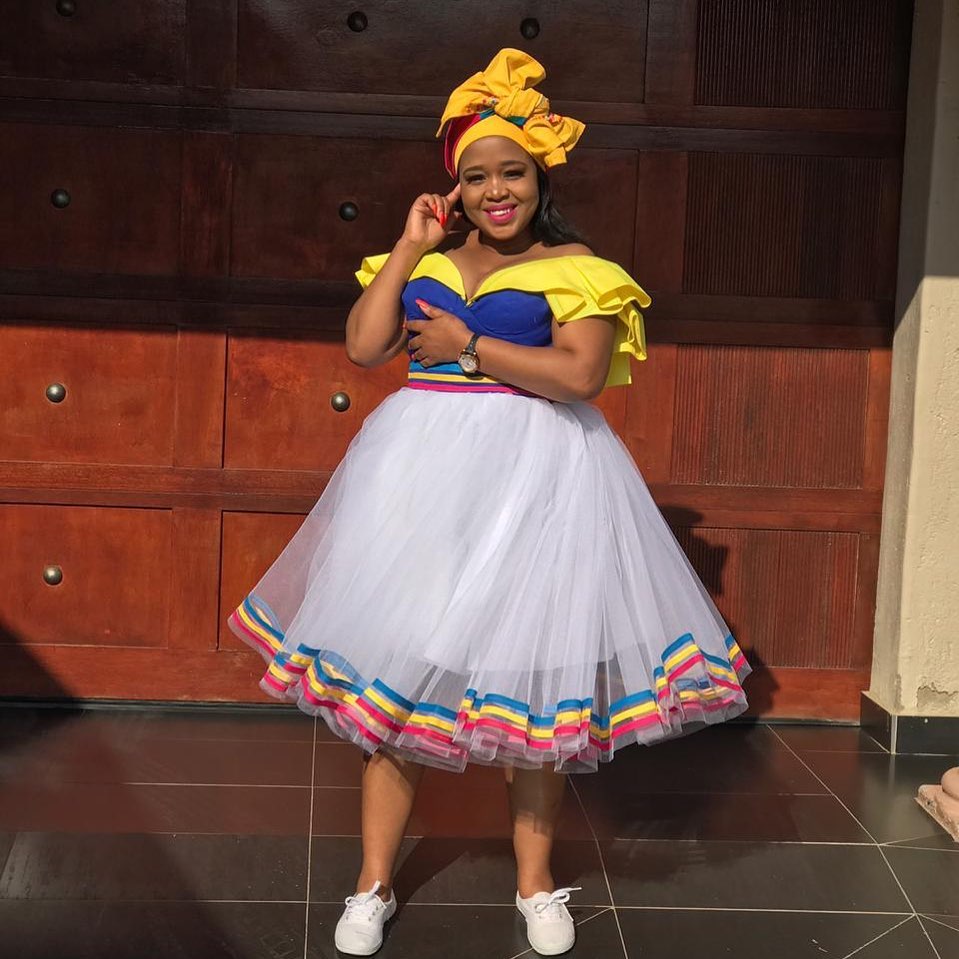

Traditional Sepedi Attire
Traditional clothing in Sepedi culture
Discovering the Colorful and Expressive World of Sepedi Fashion is like stepping into a vibrant, cultural tapestry. Traditional clothing in Sepedi culture is a reflection of the rich history and heritage of the Pedi people in South Africa.
A showcase of vibrant colors and unique patterns
Sepedi fashion is known for its striking colors and unique patterns. The traditional clothing often features bold and vivid hues like red, yellow, blue, and green. These vibrant colors not only serve as a visual feast but also hold symbolic meaning in the culture. Additionally, Sepedi attire is adorned with intricate patterns, embroidery, and beadwork, showcasing the craftsmanship and artistry of the Pedi people.
Accessories and adornments in Sepedi fashion
To complete the traditional Sepedi look, accessories and adornments play a crucial role. Women wear beautifully crafted headscarves, necklaces, bracelets, and anklets made with beads, shells, or metal. Men often wear hats and carry walking sticks as part of their attire. These accessories add an extra flair and personal touch to the overall ensemble.
In conclusion, exploring the world of Sepedi fashion is a journey filled with vibrant colors, unique patterns, and cultural significance. It is a celebration of tradition and a way to honor the heritage of the Pedi people.
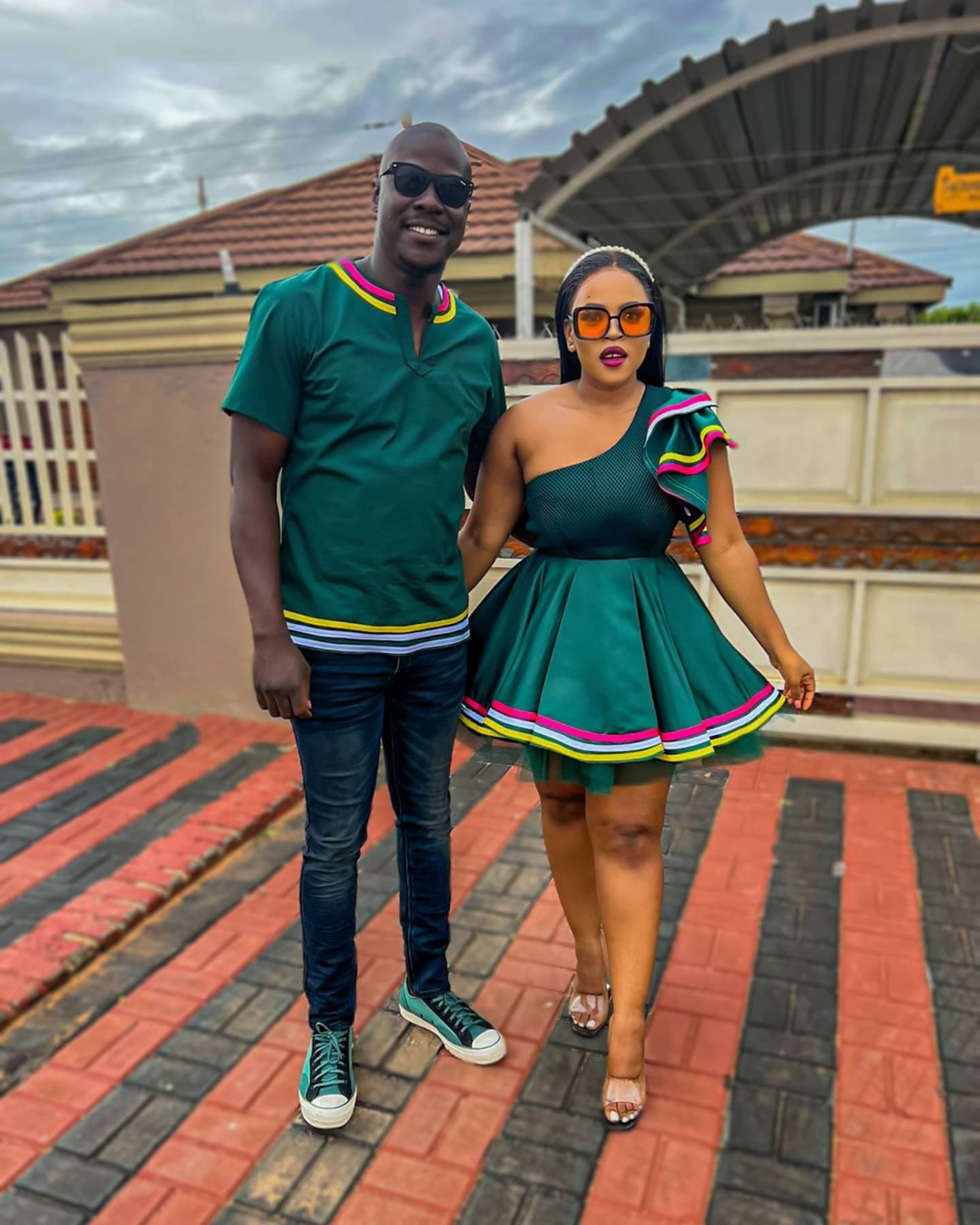
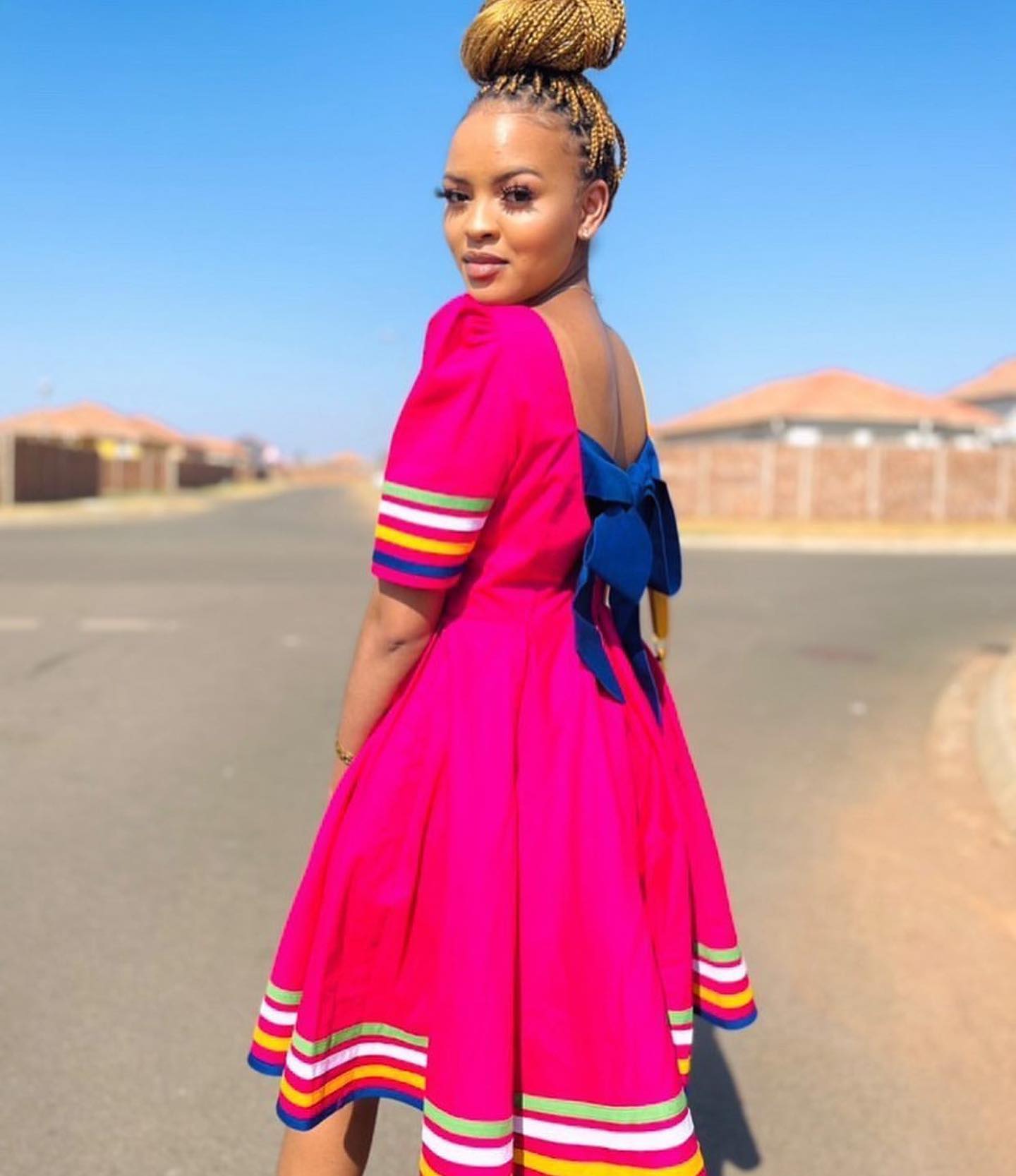
Modern Sepedi Fashion
Are you ready to dive into the colorful and expressive world of Sepedi fashion? The fashion industry is constantly evolving, and the incorporation of traditional elements into contemporary designs has become a popular trend.
Incorporating Sepedi elements in contemporary fashion
In modern Sepedi fashion, designers are taking inspiration from traditional clothing and incorporating it into their designs. This includes using vibrant colors, intricate beadwork, and traditional patterns in clothing, accessories, and even footwear. This fusion of traditional and modern elements creates a unique and visually stunning aesthetic.
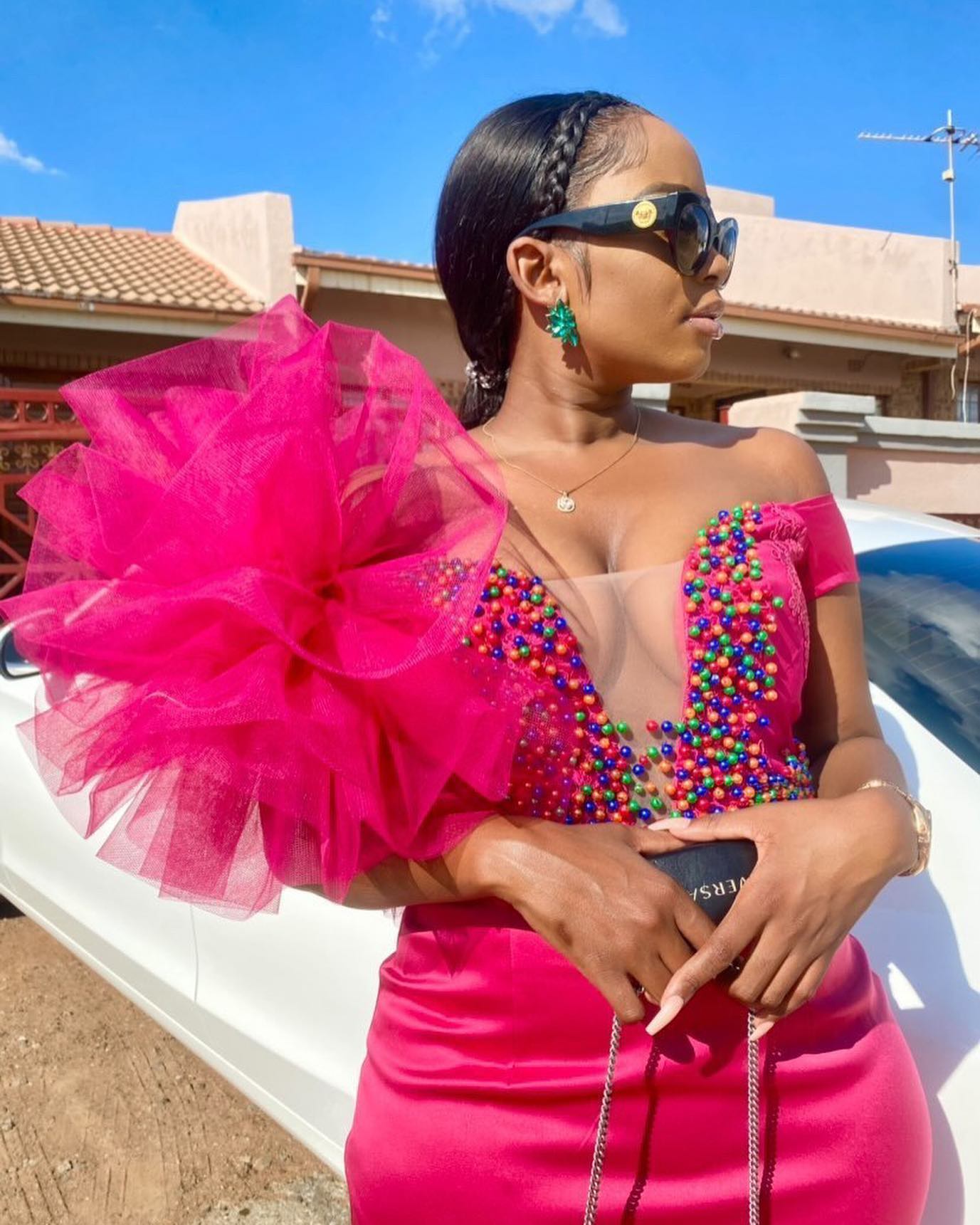
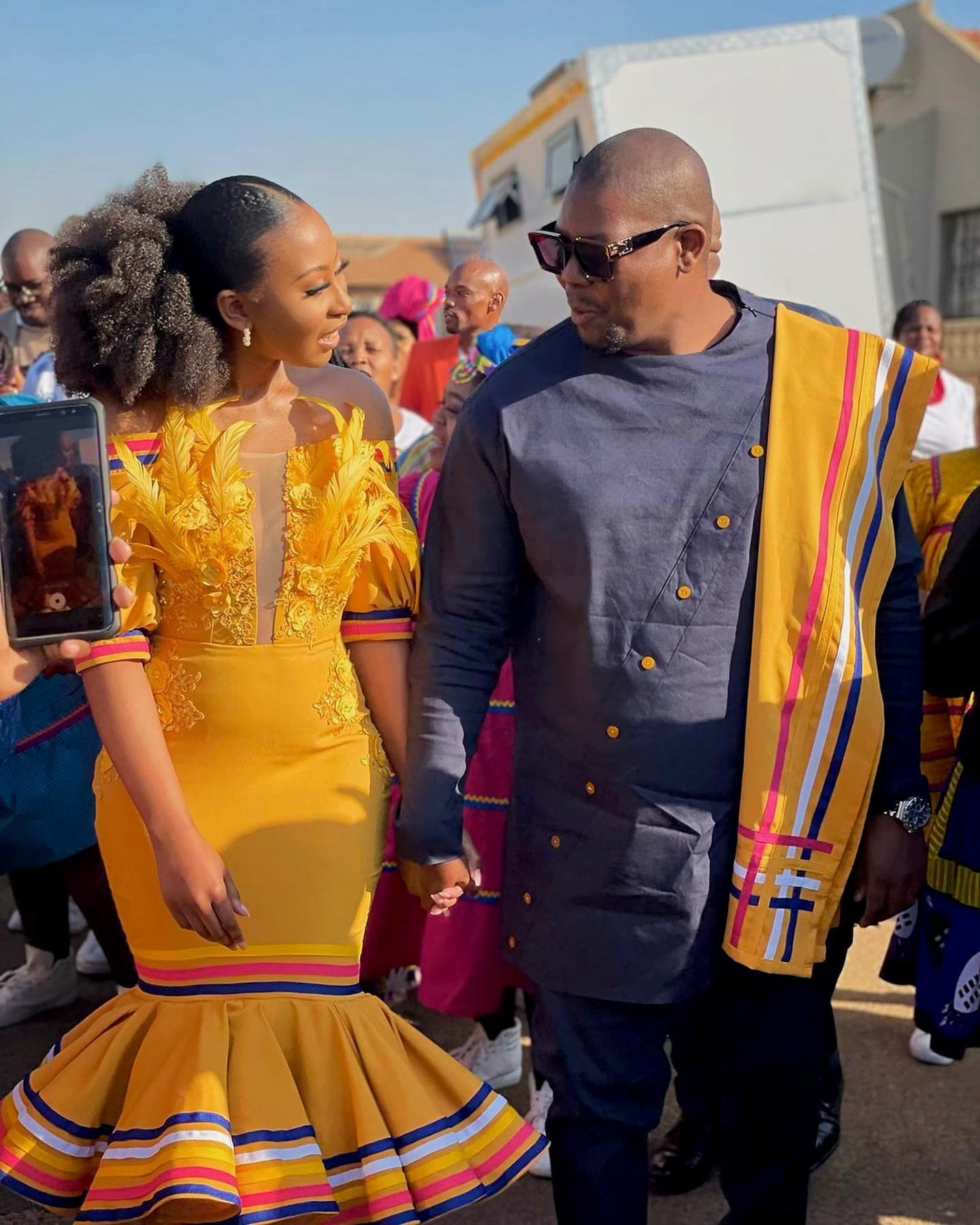
Popular trends and styles in Sepedi-inspired clothing
Some popular trends in Sepedi-inspired clothing include brightly colored dresses with intricate beadwork, statement headpieces, and vibrant prints. The use of traditional fabric such as shweshwe and leteisi is also common, adding a touch of authenticity to the designs. Sepedi fashion is all about embracing boldness and celebrating cultural heritage.
Celebrity influences on Sepedi fashion
Celebrities have played a significant role in popularizing Sepedi fashion. Their influence can be seen on red carpets and fashion runways, where they proudly showcase their Sepedi-inspired outfits. From actresses to musicians, these celebrities have become style icons, inspiring others to embrace Sepedi fashion and celebrate their culture through their clothing choices.
Whether you’re attending a special event or simply want to express your cultural heritage, exploring the world of Sepedi fashion can be a thrilling and enriching experience. Embrace the colors, patterns, and traditions that make Sepedi fashion so unique and let your style reflect your cultural pride.
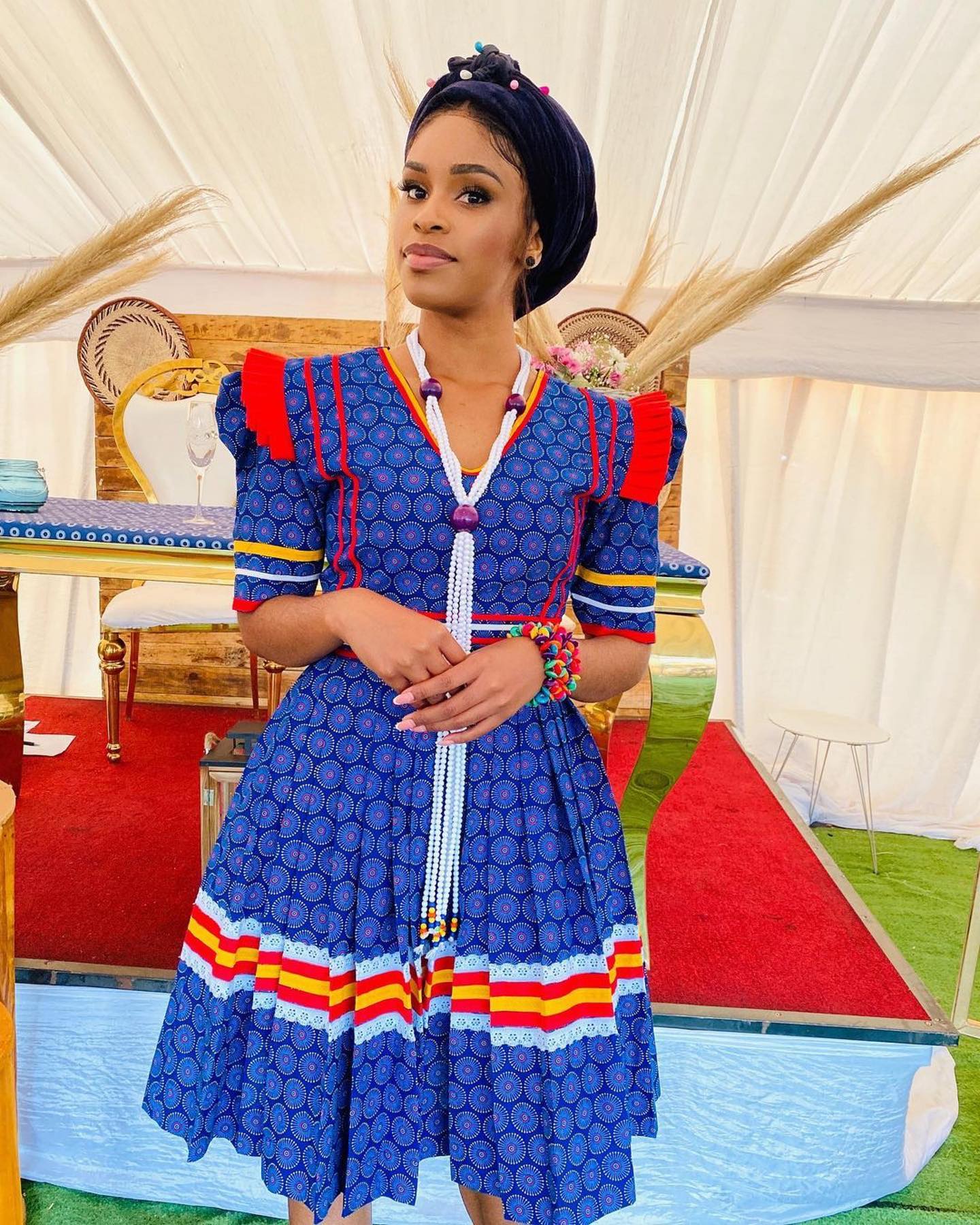
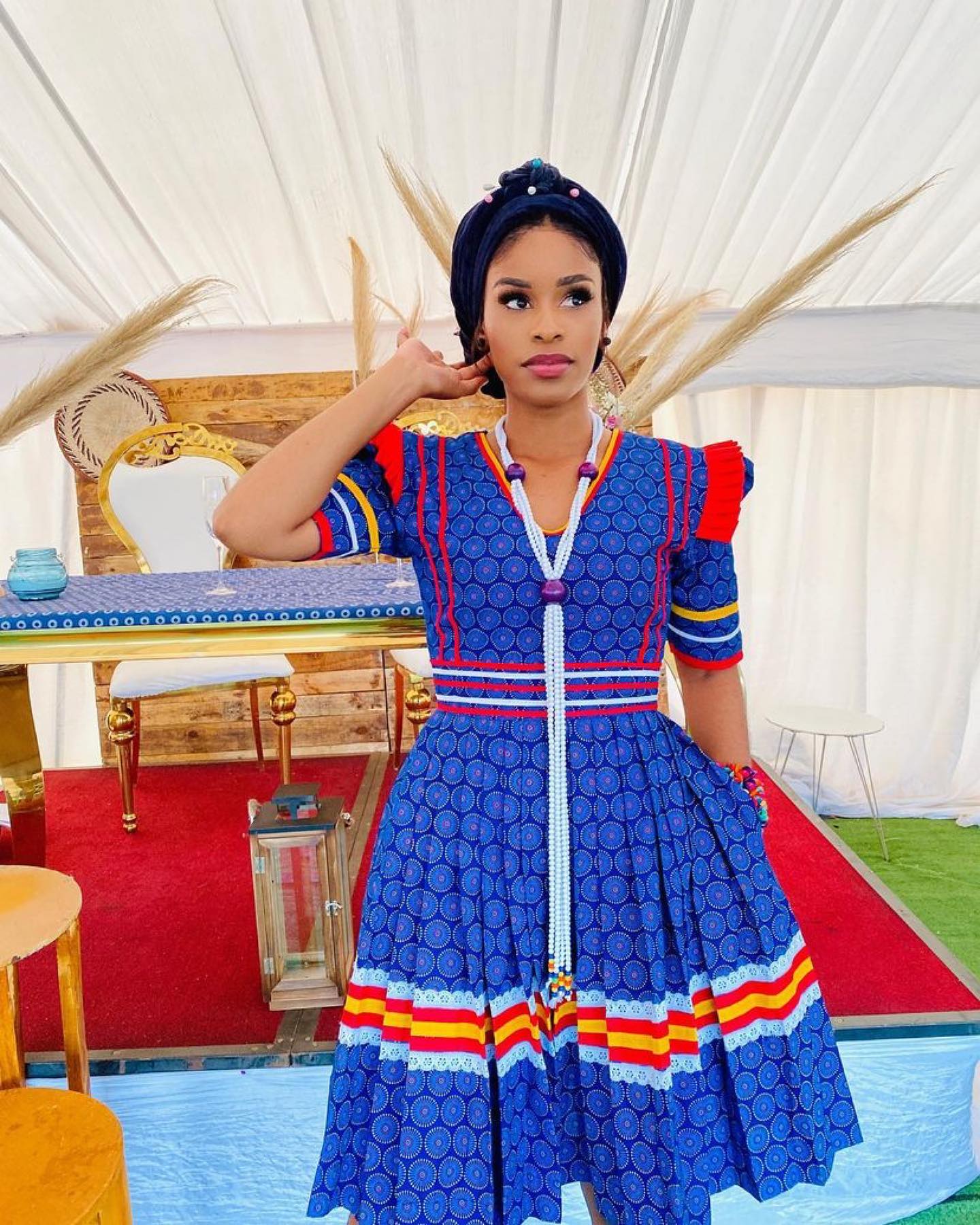
Cultural Significance of Sepedi Fashion
Symbolism and rituals associated with Sepedi attire
Sepedi fashion is more than just a way to dress; it is a vibrant expression of culture and heritage. Each piece of clothing holds deep symbolism and is tied to specific rituals and customs. For example, the leather aprons worn by men symbolize strength and masculinity, while the brightly colored blankets worn by women represent fertility and prosperity. These garments are not only fashionable but also serve as a visual reminder of the values and traditions of the Sepedi people.
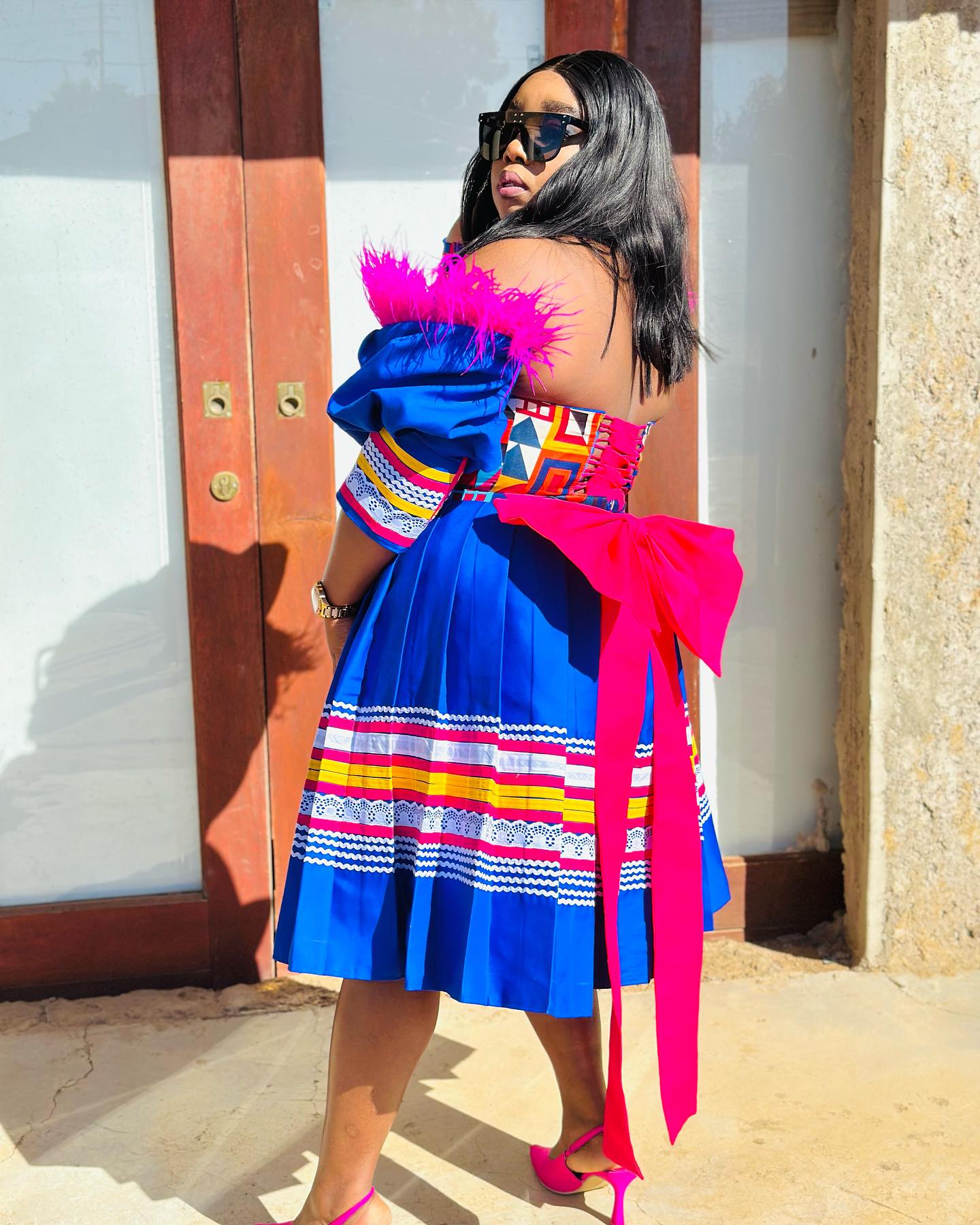
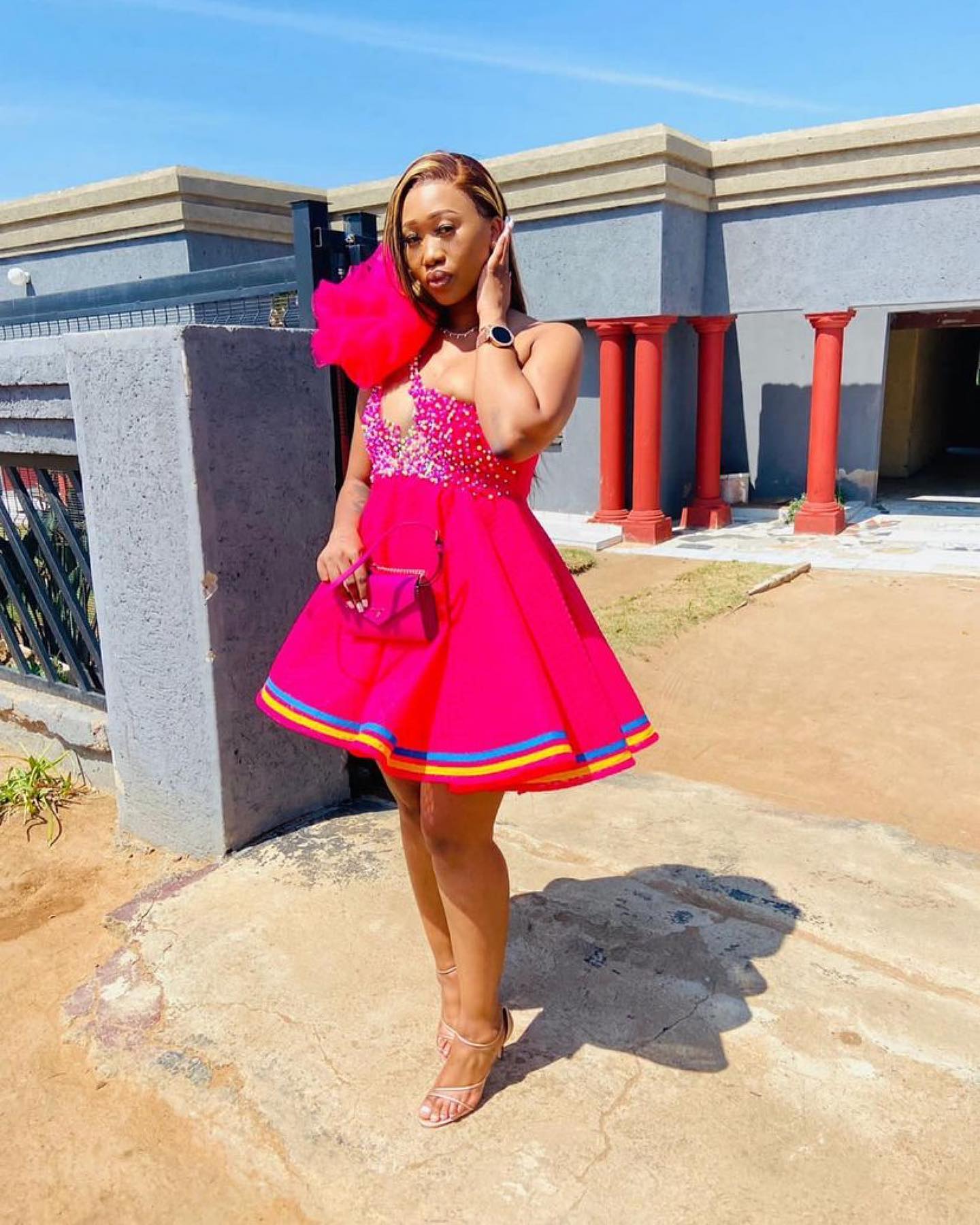
Preserving and promoting Sepedi cultural identity through fashion
Sepedi fashion plays a crucial role in preserving and promoting the cultural identity of the Sepedi people. By embracing and wearing traditional attire, individuals are keeping their heritage alive and passing it on to future generations. Additionally, the growing popularity of Sepedi fashion has led to the creation of employment opportunities for artisans and designers within the community. It has also sparked interest and curiosity from people outside the Sepedi culture, allowing for cultural exchange and appreciation.
Overall, Sepedi fashion is not just about aesthetics; it is a powerful way to celebrate and honor the rich history and traditions of the Sepedi people. Through clothing, they continue to weave their unique narratives and showcase the beauty of their culture to the world.
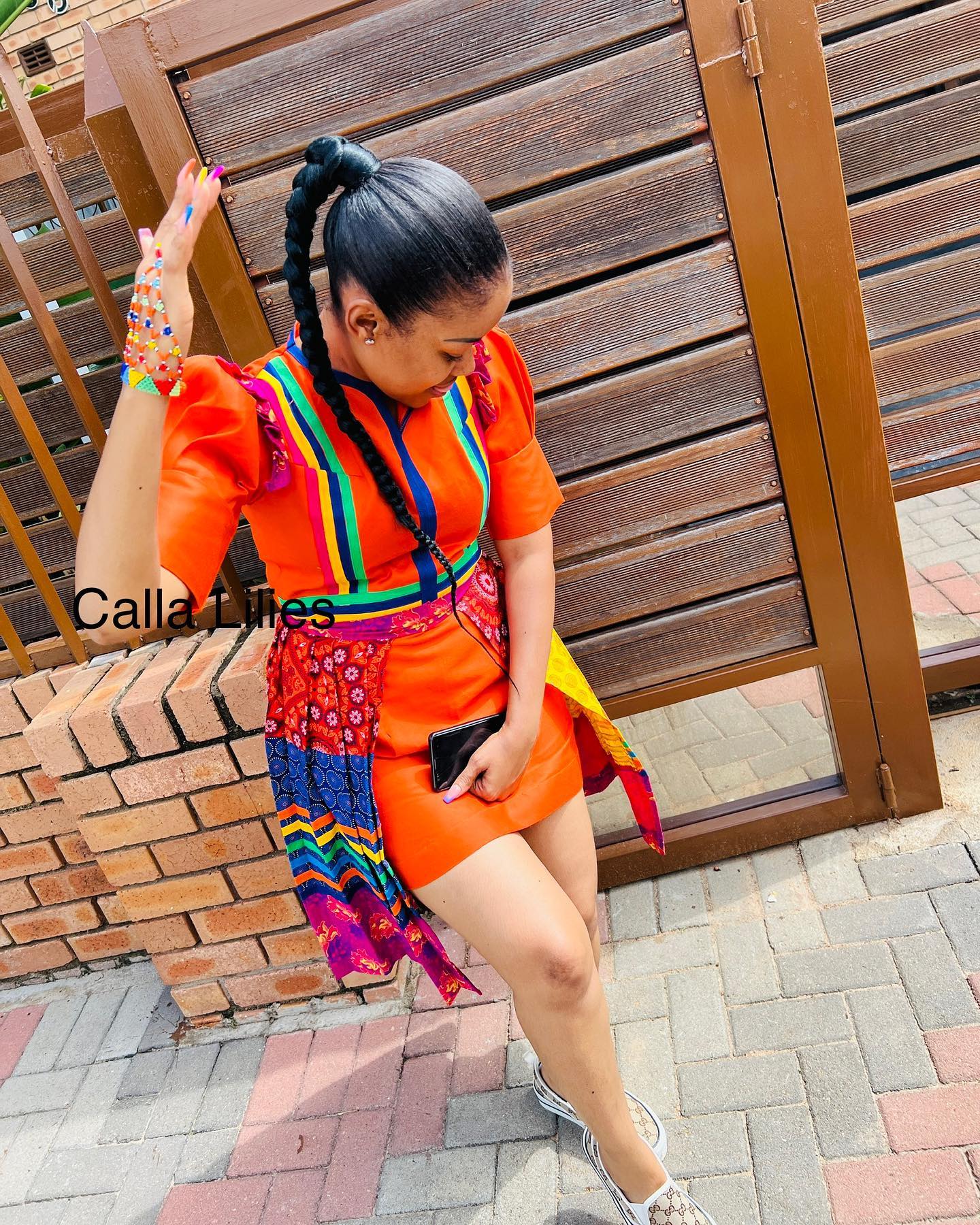
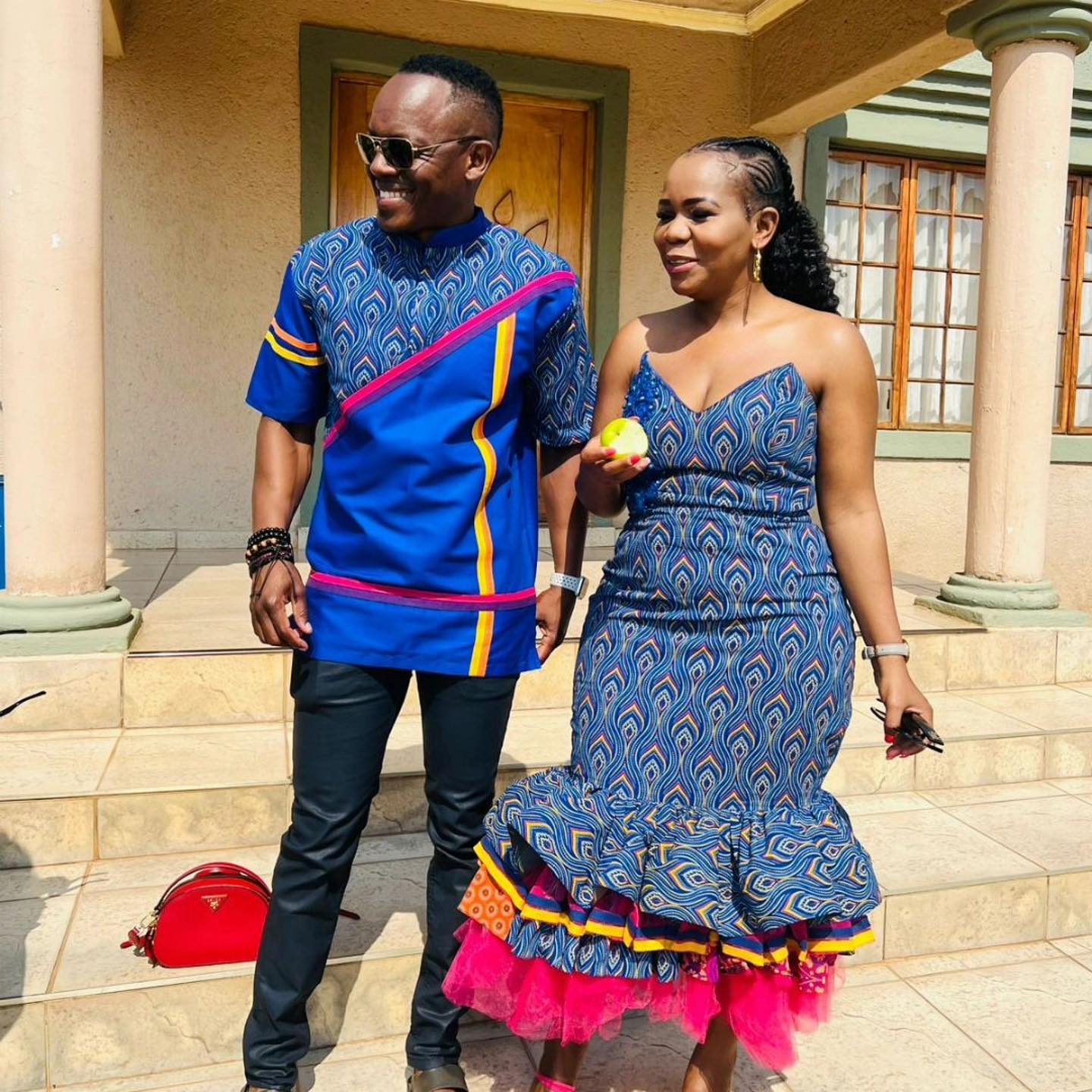
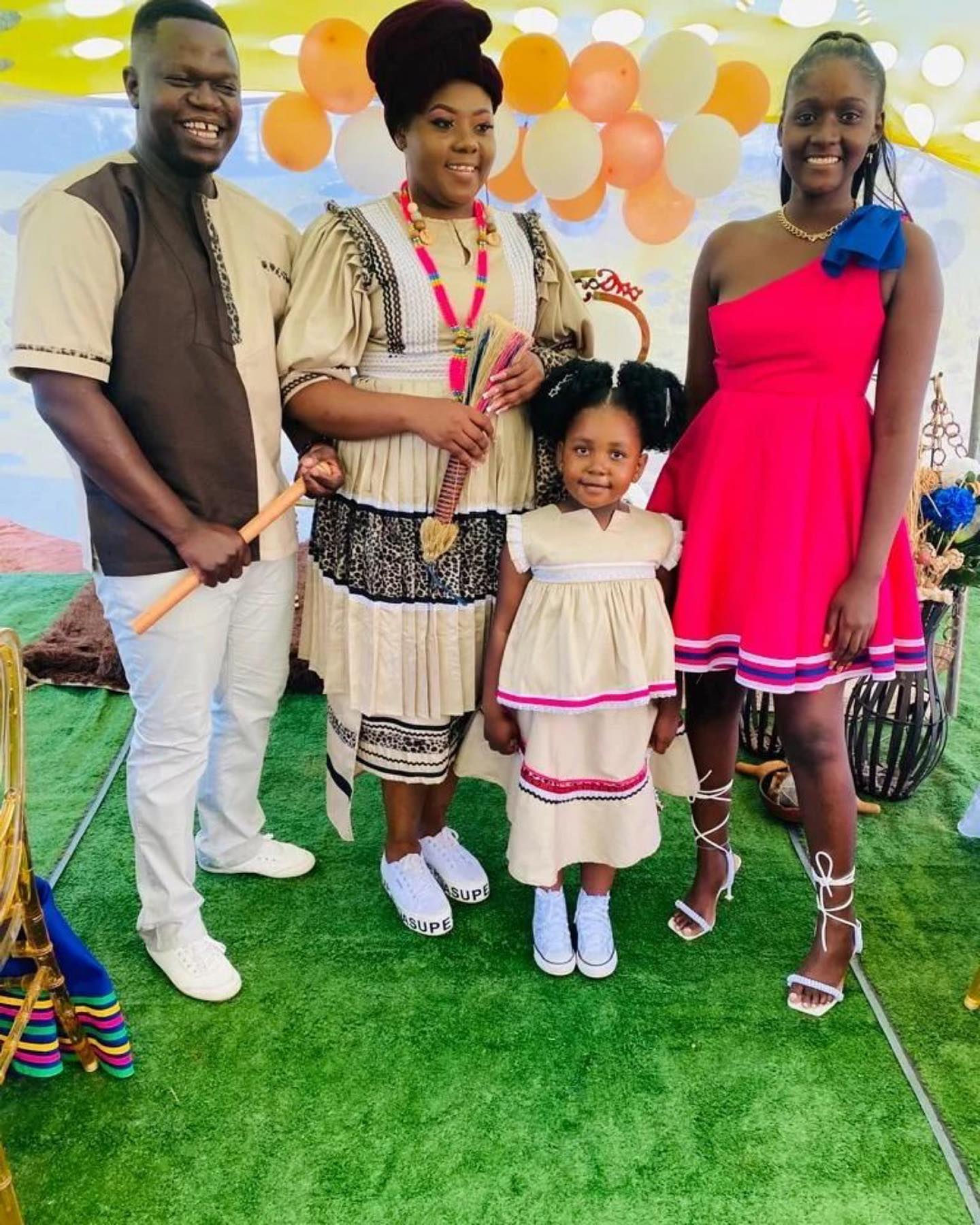
Comments are closed.